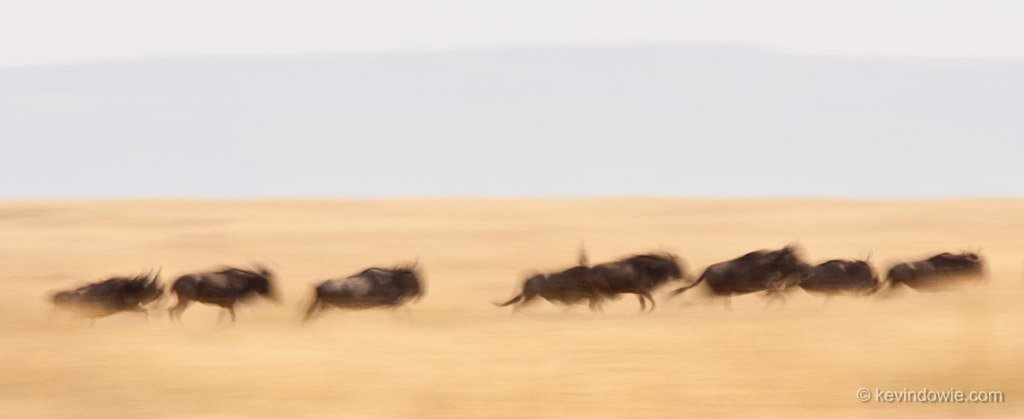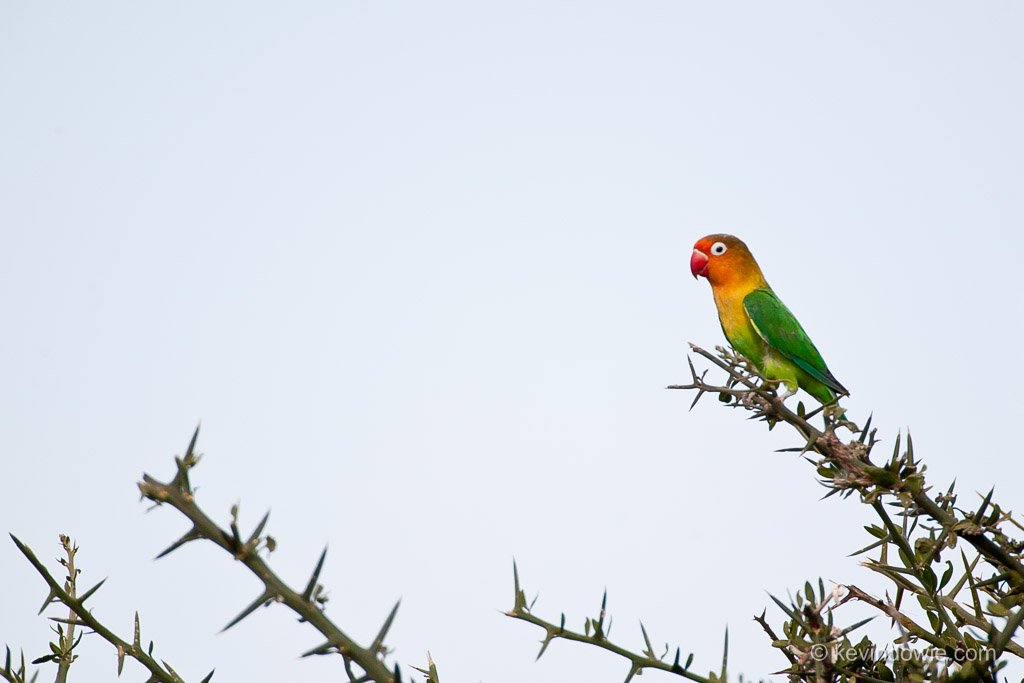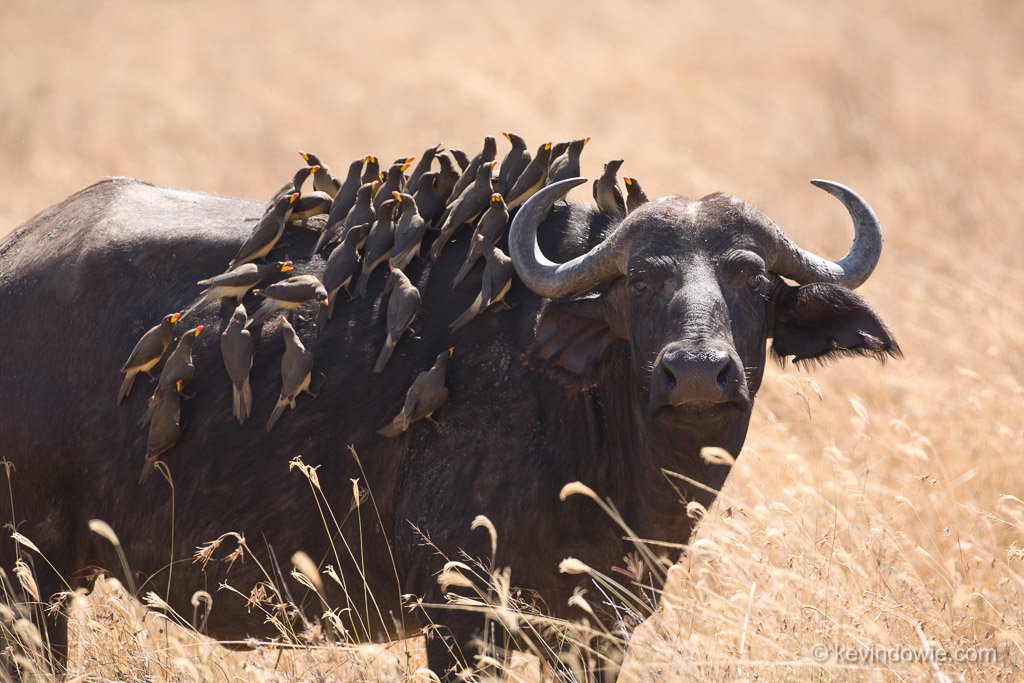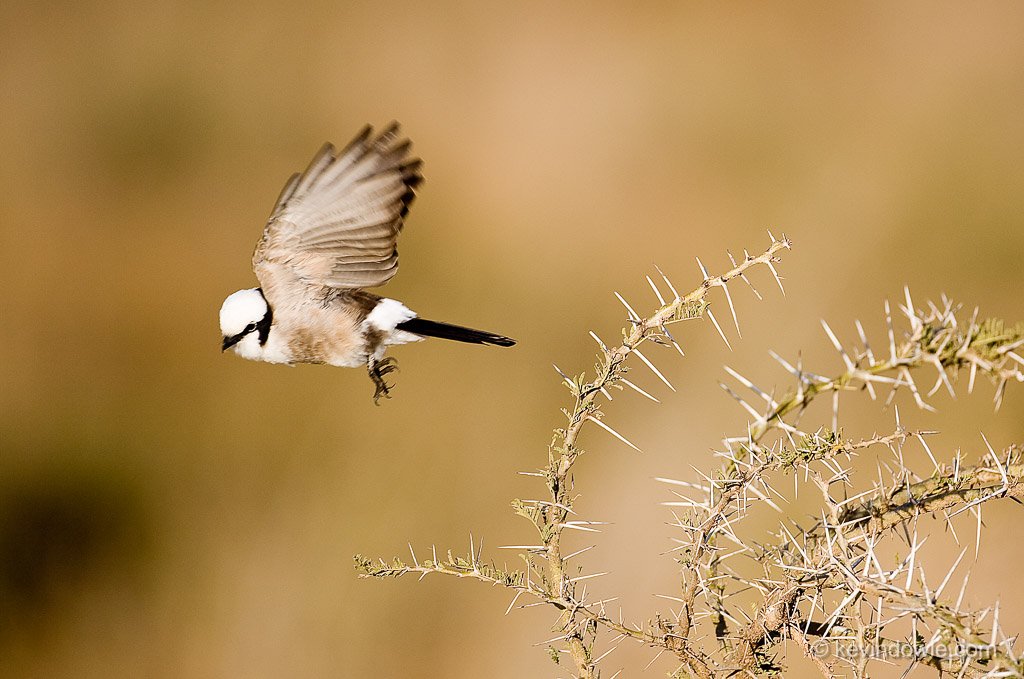By slowing the shutter speed down, the background and the surrounding grasses were registered as a blur.
Check out the strand of spider’s web that the gazelle was picked up between it’s horns and the, moving, fly that’s buzzing around it’s ear! Detail which in the days of 35mm film would have been impossible.
a wildebeest calf, having successfully crossed the Mara River, climbing to the top of the steep river bank where he will now need to locate his mother amid the confusion. The mother and calf locating each other is critical as the calf cannot survive on its own and no other wildebeest is likely to “adopt” a stray.
native to east-central Africa, south, and southeast of Lake Victoria in northern Tanzania the bird’s range varies with conditions, in drought years some birds move west into Rwanda, and Burundi seeking moister conditions.
The critical point of the annual wildebeest migration is crossing the Mara River. Predators, notably crocodiles, gather at crossing points and await their prey.
This photo was taken early morning whilst on safari in Serengeti National Park in Tanzania and illustrates the value of looking over your shoulder when taking wildlife photos.
This animal was one of a huge herd, numbering probably in excess of 300 individuals, was covered in yellow-billed oxpecker birds.
an hour after sunrise in the Serengeti National Park, I decided to give this lone tree shot the toned black and white treatment.
a Dark Chanting Goshawk (Melierax metabates), perches atop a cactus in Serengeti National Park in Tanzania.
the shutter speed was enough to get the head, body, and legs of the bird sharp, whilst not freezing the fast-moving wing tips which show a touch of motion blur.










